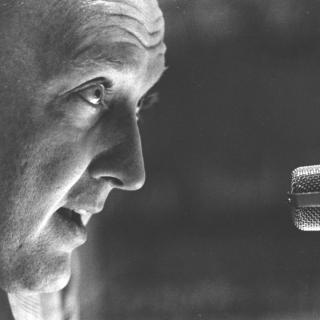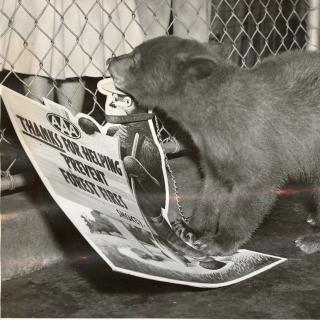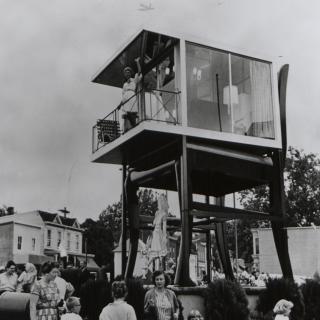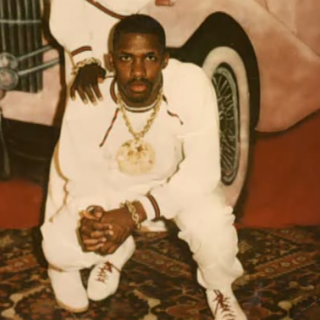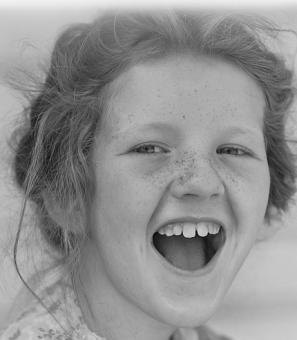The Beatles and More! The Musical History of Uline Arena
A previous post detailed the eclectic history of the Uline Arena, also known as Washington Coliseum, the barrel-roofed hall that from the 1940s through the 1980s hosted everything from hockey and basketball to a rodeo featuring Roy Rogers and Trigger.
But the arena, located at the corner of M and 2nd Street NE with an entrance on 3rd Street, also has a rich musical history. Jazz great Charlie Parker played there in April 1951, on a bill that also included June Christie and Johnny Hodges. A decade later, Duke Ellington and his orchestra played to a packed house as part of the First International Jazz Festival in Washington, and event staged to raise money to send jazz musicians on goodwill missions overseas.
The arena also was a popular spot to hear country music. Promoter Connie B. Gay began staging shows there in 1947, after the Daughters of the American Revolution kicked him out of Constitution Hall because an Eddy Arnold concert got a little too spirited for their sensibilities. Patsy Cline was scheduled to play there 10 days after her death in March 1963 (Dottie West took her place.).
But the Beatles’ show at the Coliseum on February 11, 1964 overshadows the other events in the arena’s history. Two days after their iconic appearance on the Ed Sullivan Show, the group hopped on a train and traveled to DC to headline a bill that also included the Caravelles, Tommy Roe and The Chiffons. Before the doors opened for the show, the Beatles held a press conference inside the arena, standing on stage in front of a bank of microphones and answering questions from local reporters about their hair, their lack of musical training and their politics. (When asked what they thought of President Johnson, Ringo replied: “We don’t know. We’ve never met the man…(pause) Does he buy our records?”)
According to Hunter Davies’ biography of the group, the Coliseum concert was the first time the Beatles had ever played in a big arena, and the crowd of 8,000 — who paid just $4 apiece to get in — was four times bigger than any they’d previously seen.
According to Beatles historians Stuart Shea and Robert Rodriguez, the group played on a round stage, positioned in the center of the arena where the boxing ring was placed. Every third song, the platform on which the band played was rotated manually by Beatles road manager Mal Evans and a stagehand, in order to give the entire crowd a chance to see the band from the front. (Ringo was positioned precariously atop a two-foot riser, so he had to get down while they did it.) The fans showed their appreciation by pelting the Beatles from all angles with jellybeans (an odd custom that had developed because John Lennon once complained that George Harrison had eaten all his “jelly babies.”) As Harrison later recalled, the fusillade was painful. “They don’t have soft jelly babies in America but hard jellybeans like bullets,” he said.
Nevertheless, the Beatles — exhilarated by the size of the crowd and the hall — played an energetic set. “What an audience!” Ringo reportedly said afterward. “I could have played for them all night.”
According to a United Press International account, vendors sold buttons with the message “I love Beatles” and Beatle wigs. The wire service made a point of noting that President Lyndon Johnson’s daughters, then-19-year-old Lynda Bird and 16-year-old Lucy Baines Johnson, stayed home to study instead of attending.
Bob Dylan and the Rolling Stones also played the Coliseum, but concerts ended for a while after a riot broke out in 1967 at a Temptations show, and five people were injured. In the early 1980s, the arena again became a musical venue for go-go performers such as Chuck Brown and the Soul Searchers. In the mid-1980s, plans to convert the arena into a megachurch fell through, and it eventually fell into disuse, serving in recent years as a parking garage.
To mark the 50th anniversary of the Beatles' first U.S. performance, Douglas Development, which is converting the old arena to offices and retail, and the D.C. Preservation League reenacted the concert on Feb. 11, 2013 with a cover band, Beatlemania Now, standing in the for Fab Four. The Washington Post reports that the group were set to begin playing precisely at 8:31 p.m., just as the actual Beatles did.


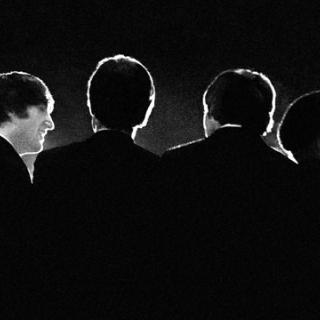
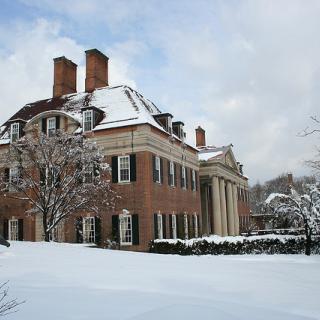
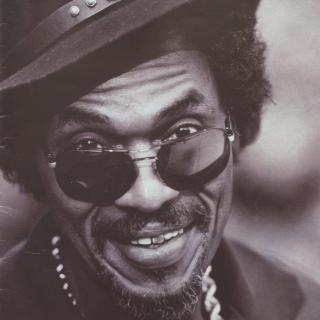
![Sketch of the mythical fuan by Pearson Scott Foresman. [Source: Wikipedia]](/sites/default/files/styles/crop_320x320/public/2023-10/Goatman_Wikipedia_Faun_2_%28PSF%29.png?h=64a074ff&itok=C9Qh-PE1)







